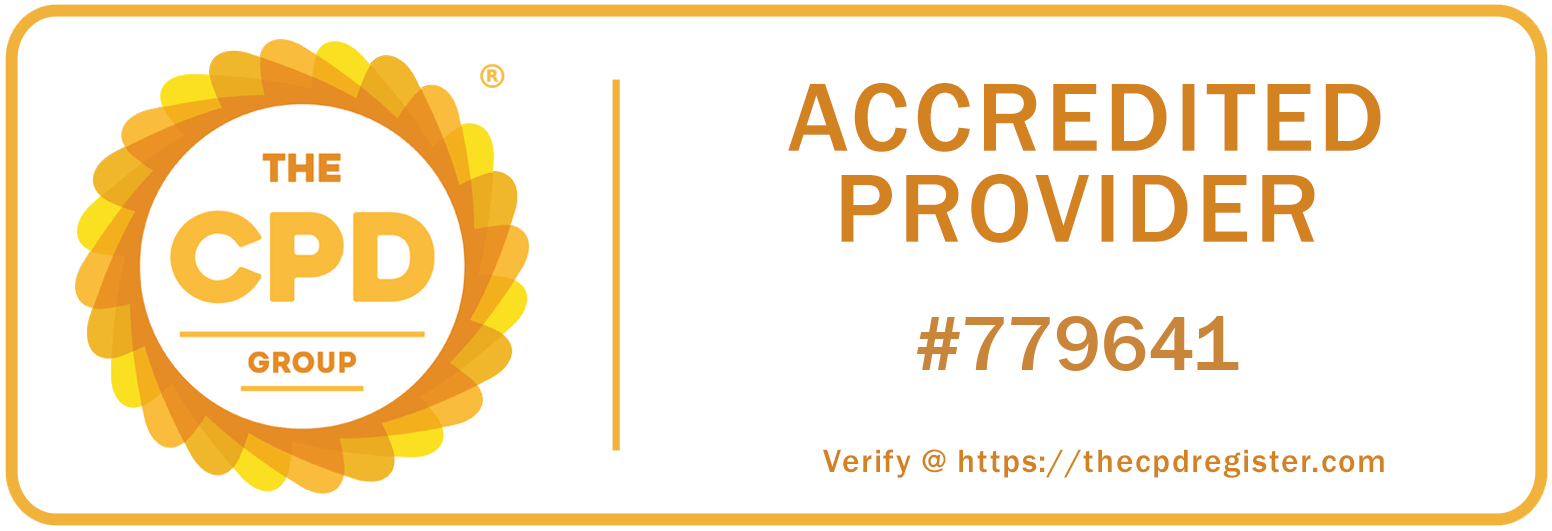Most Important CV Skills and Qualities : Leadership and Communication

CV skills and qualities are what truly set candidates apart in today’s competitive job market. Every year, thousands
How to Present Personal Attributes in Your CV?

Personal attributes often play a bigger role in hiring than people realise. When you picture recruiters scanning CVs,
Top 10 Qualities and Personal Attributes for CV

Personal attributes for CV success are often underrated. Ask any recruiter what makes a CV stand out and
Top 15 Personal Skills and Qualities that Employers Look For

Skills and qualities play a crucial role when it comes to securing your ideal job. It’s easy to
Development in Health and Social Care Explained

In health and social care, the word “development” is used frequently — in training sessions, policy documents, staff
Top 10 Important Skills and Qualities For a CV

When it comes to showcasing the right skills and qualities for a CV, it’s important to remember that
Say Goodbye to ChatGPT: 15 Best ChatGPT Alternatives You Haven’t Heard About!

Looking for a ChatGPT alternatives? AI chatbots have transformed the way we write, learn, research, code, and even
20 Best Personal Skills Examples For CV

Personal skills are often overlooked, but when it comes to writing a CV that gets noticed, most people
What are Personal Skills and Qualities Required to Start a Business

Understanding Why Personal Traits Matter for Business Success Launching a company goes way beyond having a cool idea
Tile Manual Handling meaning, assessing risk and legislation

Understanding TILE Manual Handling: Manual handling of tiles may seem like a simple, everyday task — picking up








